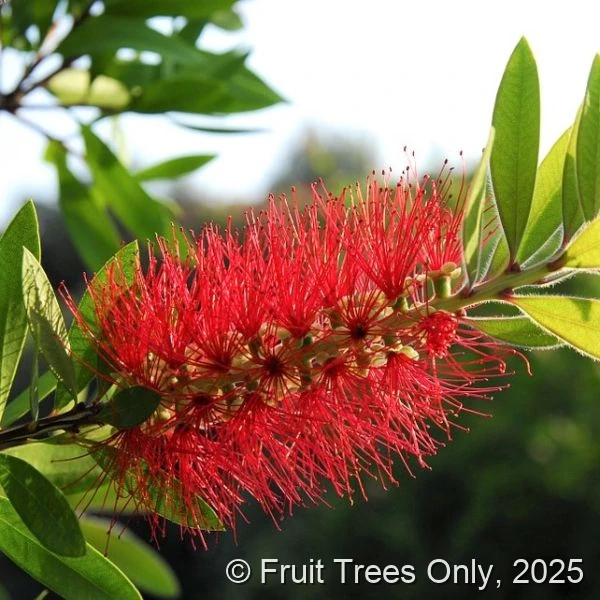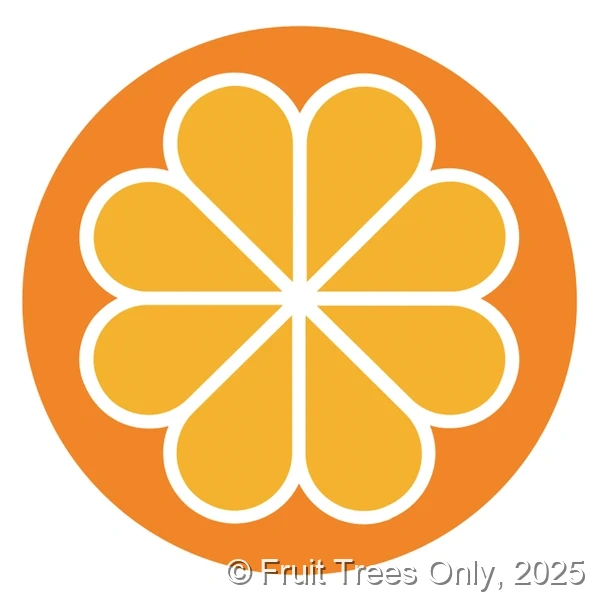Ornamental and Shade trees
Need to add some shade to the yard or create some privacy with the abundance of nature? You're in the right place.


Eastern Redbud
Native small tree noted for brilliant pink spring blossoms on bare branches; heart-shaped leaves follow. Great understory accent for North Florida.
- Lowest survival temperature: ~−20°F
- Mature size: 15–25' H × 15–25' W
- Light: Full sun to part shade
- Bloom (FL): February–March (pink)
- Uses: Specimen, understory, pollinator attraction

Maple (Red Maple)
A reliable Florida-native shade tree with quick growth, showy red winged seeds, and good fall color in North Florida.
- Lowest survival temperature: ~−30°F
- Mature size: 40–60' H × 25–40' W
- Light: Full sun to part shade
- Bloom (FL): January–February (red; inconspicuous)
- Uses: Shade, street tree (with space), rain garden edges

Muskogee Crape Myrtle
Lavender blooms with excellent mildew resistance; forms a medium tree with smooth, exfoliating bark.
- Lowest survival temperature: ~0°F
- Mature size: 20–25' H × 15–20' W
- Light: Full sun
- Bloom (FL): May–September (lavender)
- Uses: Street tree, specimen, hot/dry sites once established

Chinese Fringe Tree
Graceful small tree with clouds of fragrant, white “fringe” flowers in spring; tidy foliage turns yellow in fall.
- Lowest survival temperature: ~−10°F
- Mature size: 15–25' H × 15–25' W
- Light: Full sun to part shade
- Bloom (FL): March–April (white, fragrant)
- Uses: Specimen, near patios/entries, wildlife-friendly (berries on female plants)

Taiwan Cherry Blossom
Hot-pink bell-shaped cherry blossoms in late winter; a favorite for early-season color in warmer FL zones.
- Lowest survival temperature: ~15–20°F
- Mature size: 15–25' H × 10–20' W
- Light: Full sun to light shade
- Bloom (FL): January–February (magenta-pink)
- Uses: Specimen, early-season pollinator support, coastal-friendly with care

Powderpuff
Tropical small tree with showy pink “puff” blooms loved by hummingbirds. Evergreen in frost-free sites.
- Lowest survival temperature: ~28–30°F
- Mature size: 8–15' H × 8–15' W
- Light: Full sun
- Bloom (FL): Spring–fall (pink), heaviest in warm months
- Uses: Tropical accent, pollinator gardens, container (protect from freezes)

Bottlebrush
Iconic red “brush” flowers attract bees and hummingbirds; drought and salt tolerant once established.
- Lowest survival temperature: ~20–25°F
- Mature size: 10–15' H × 8–12' W (varies by cultivar)
- Light: Full sun
- Bloom (FL): Spring–fall (red)
- Uses: Coastal landscapes, hedges, pollinator magnet

Live Oak
Iconic Southern evergreen oak with massive, spreading canopy and exceptional wind tolerance—ideal long-lived shade tree.
- Lowest survival temperature: ~10°F
- Mature size: 40–80' H × 60–100'+ W
- Light: Full sun
- Bloom (FL): March–April (inconspicuous; catkins)
- Uses: Major shade, habitat/wildlife, coastal/wind-prone sites

Little Gem Magnolia
Compact selection of Southern magnolia with glossy evergreen leaves and frequent, fragrant white blooms.
- Lowest survival temperature: ~10°F
- Mature size: 15–25' H × 7–12' W
- Light: Full sun to part shade
- Bloom (FL): Late spring–summer; sporadic through fall
- Uses: Foundation specimen, screens, smaller yards

Southern Magnolia
Classic evergreen magnolia with huge, fragrant white flowers and bold foliage; a premier Southern shade tree.
- Lowest survival temperature: ~10°F
- Mature size: 40–70' H × 25–40' W
- Light: Full sun to part shade
- Bloom (FL): Late spring–summer
- Uses: Major shade, specimen, evergreen screen (with space)
